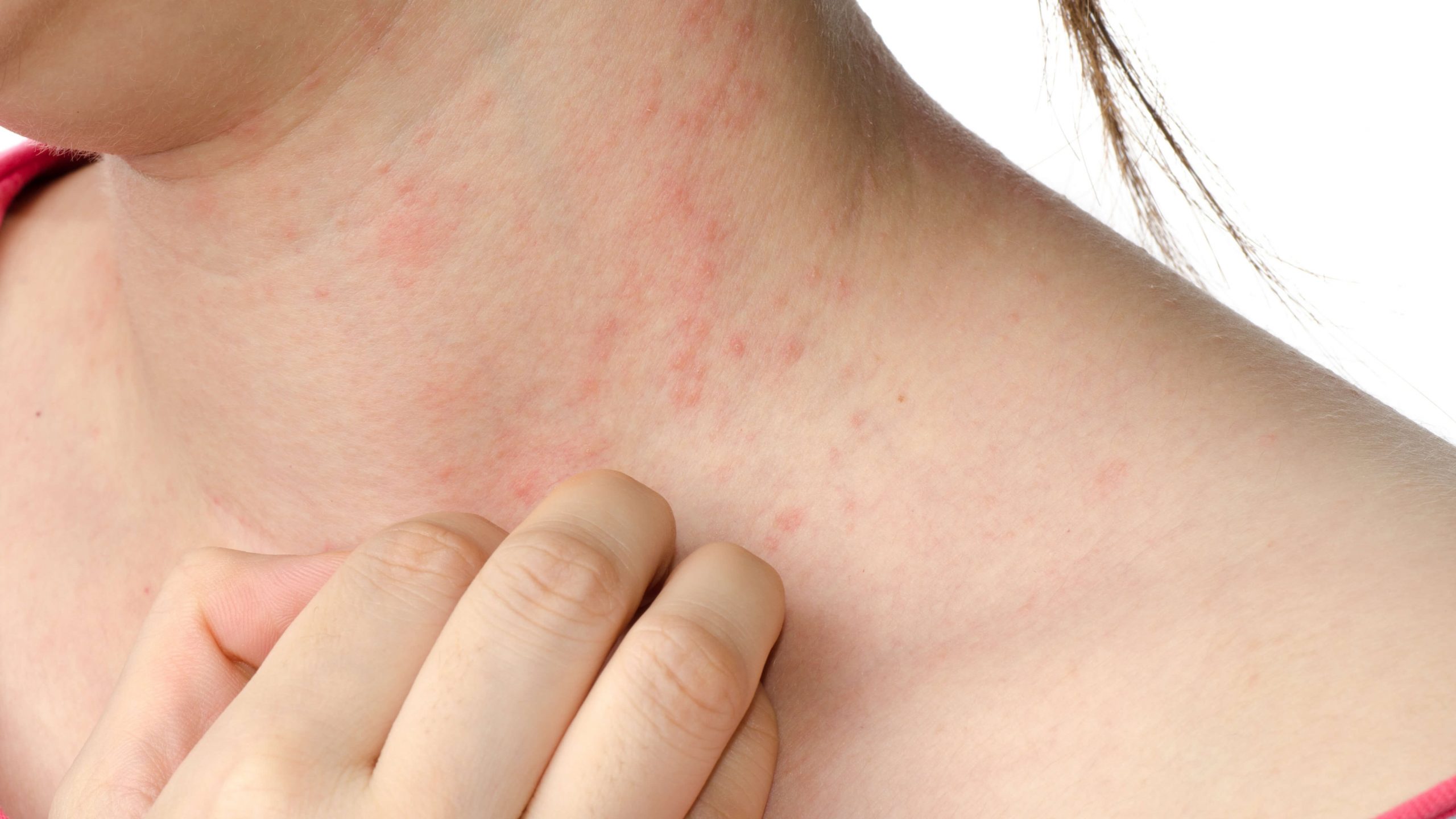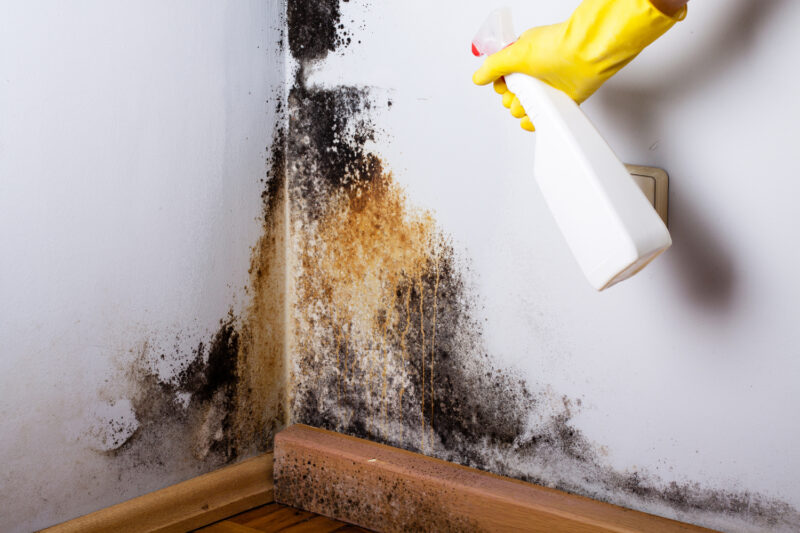Mold is more than just an unsightly nuisance lurking in damp corners; it poses significant health risks that often go unnoticed until it’s too late. Recognizing the early symptoms of mold exposure can make all the difference in maintaining a healthy living environment.
Symptoms can range from subtle signs like a persistent cough or skin irritation to more severe reactions such as respiratory issues or weakened immune responses. But how do you distinguish between a common cold and mold-related ailments? Understanding the telltale signs can empower you to act swiftly, safeguarding not only your health but also that of your loved ones.
In this article, we will navigate the murky waters of mold symptoms, providing you with essential insights to help you recognize these early warning signs before they escalate into more serious health concerns.
Common Symptoms of Mold Exposure: What to Look For

When it comes to mold exposure, recognizing the symptoms early can be the difference between swift recovery and prolonged health issues. You might start noticing a persistent cough, often accompanied by wheezing or shortness of breath, which could initially seem benign but can quickly escalate.
Sneezing fits, itchy eyes, and a runny nose might emerge, mimicking common allergies, yet they signal a deeper problem. Some individuals experience skin irritation, with rashes appearing seemingly out of nowhere.
In more severe cases, fatigue and headaches can creep in, clouding your everyday activities. Keep an eye out for these signs; the sooner you identify them, the better equipped you’ll be to tackle potential mold-related health concerns.
Skin Reactions: Identifying Mold-Related Skin Issues

Mold exposure can trigger a range of skin reactions, often manifesting in ways that are both perplexing and distressing. Individuals may notice sudden rashes, persistent itching, or even swelling that seems to appear without an obvious cause.
These reactions can vary significantly; for some, the skin becomes dry and flaky, while for others, blisters or hives may develop, bursting forth unexpectedly. It’s essential to pay attention to these symptoms, as they can mimic other dermatological issues, complicating accurate diagnosis.
Furthermore, individuals with pre-existing skin conditions, such as eczema or psoriasis, may find their symptoms exacerbated in the presence of mold, prompting the need for vigilance in environments suspected of contamination. By recognizing these skin issues early, one can take the necessary steps to mitigate exposure and seek appropriate treatment, thereby safeguarding overall health.
How to Minimize Mold Growth and Protect Your Health

To minimize mold growth and protect your health, it’s essential to adopt a multifaceted approach. Start by controlling moisture: fix leaks promptly, and utilize dehumidifiers in damp areas, especially basements and bathrooms.
Ensure your home is well-ventilated—open windows when weather permits, and use exhaust fans during and after cooking or showering. Regularly inspecting your home for signs of water damage can catch issues early; an unnoticed leak can quickly become a breeding ground for mold.
Additionally, declutter and regularly clean your living spaces, as dust and organic materials can accelerate mold proliferation. Always use mold-resistant products when renovating or decorating, and don’t hesitate to consult a professional if you suspect a significant mold infestation.
By implementing these strategies, you create not only a healthier environment but also peace of mind for you and your loved ones.
Conclusion
In conclusion, recognizing the early symptoms of mold exposure is crucial in safeguarding your health and well-being. By staying vigilant and aware of the signs—such as respiratory issues, persistent coughing, or skin irritations—you can take proactive steps to mitigate the risks associated with mold growth.
Regular home inspections and proper ventilation are key preventive measures, and if you suspect mold is present, enlisting the help of a reputable Mold Inspection Company can provide valuable insights and solutions. By prioritizing early detection and remediation, you can create a healthier living environment for yourself and your loved ones, ultimately averting potential health complications down the line.


